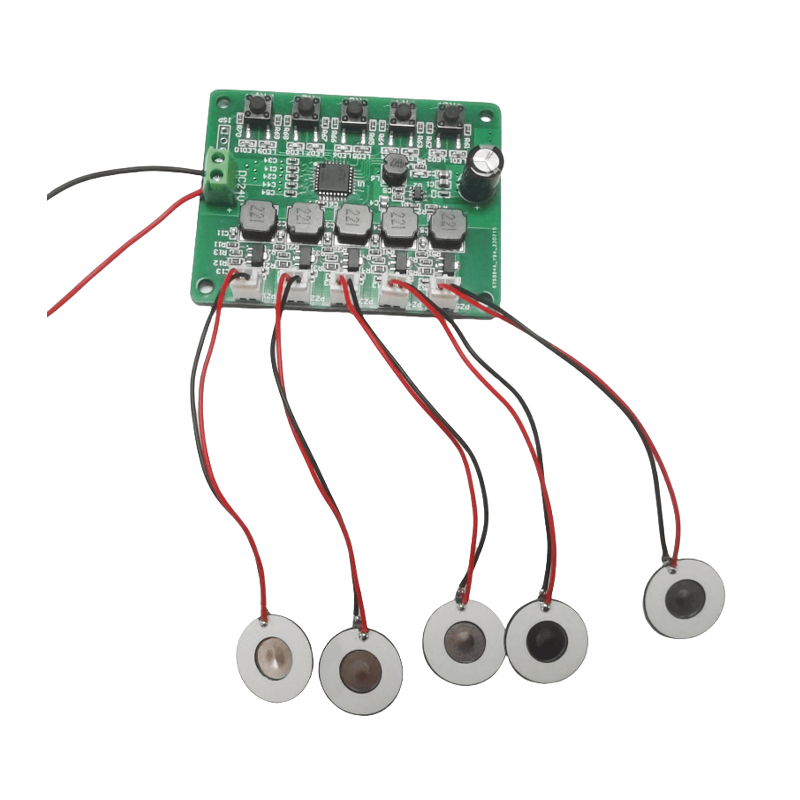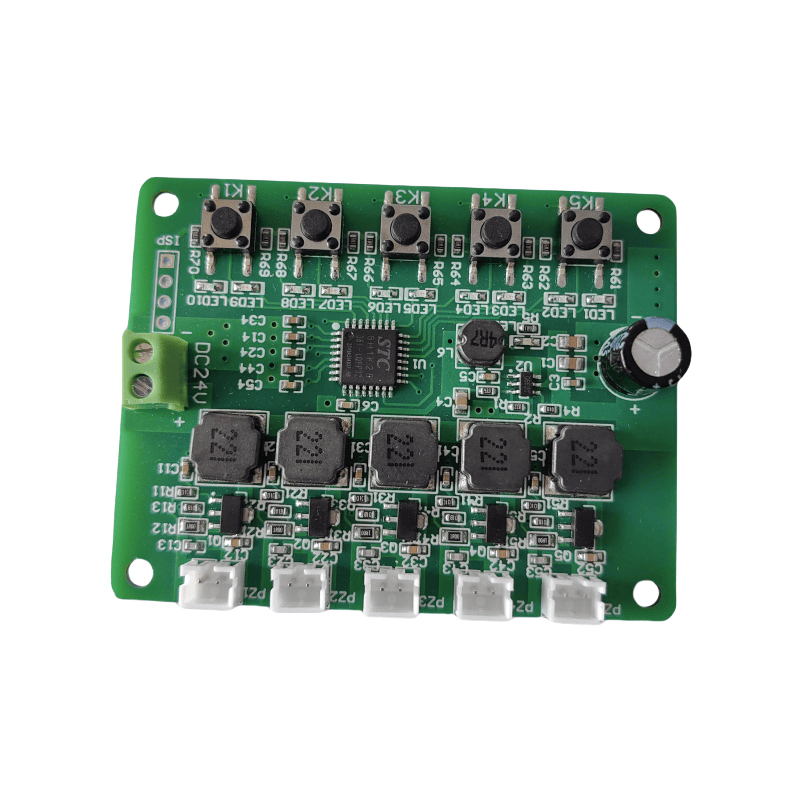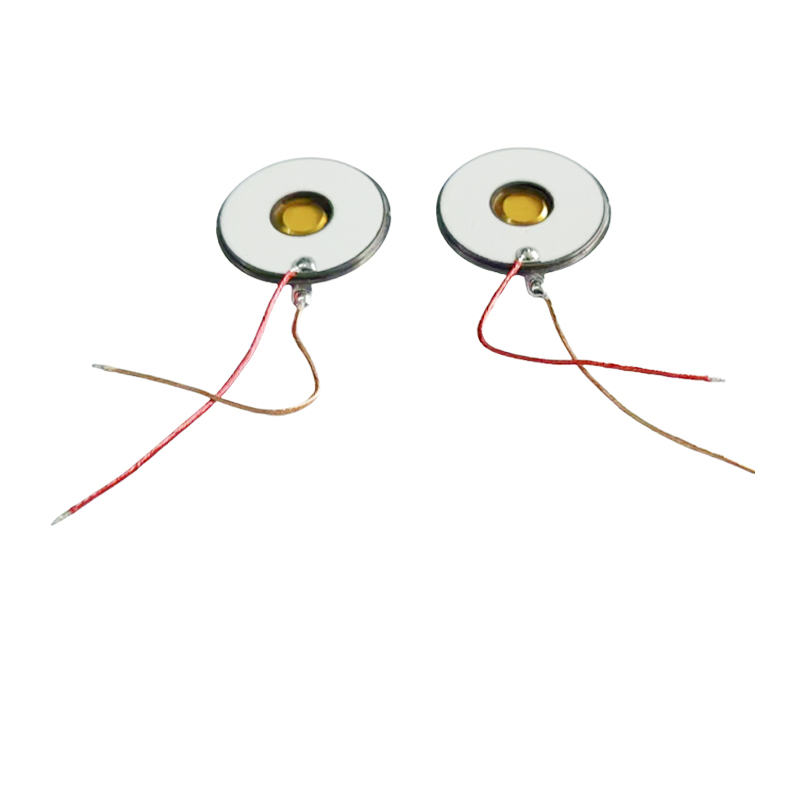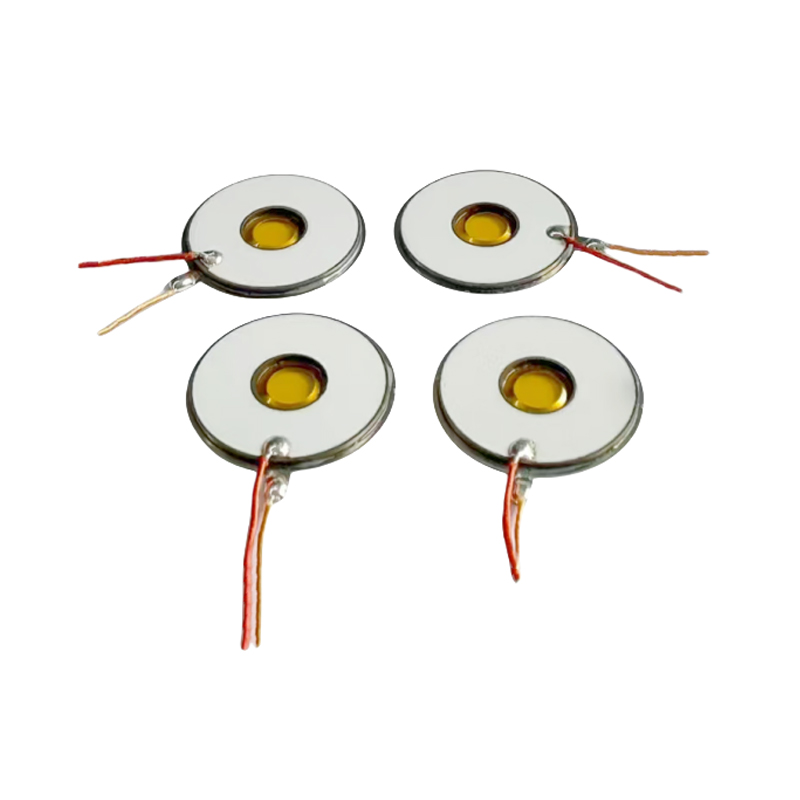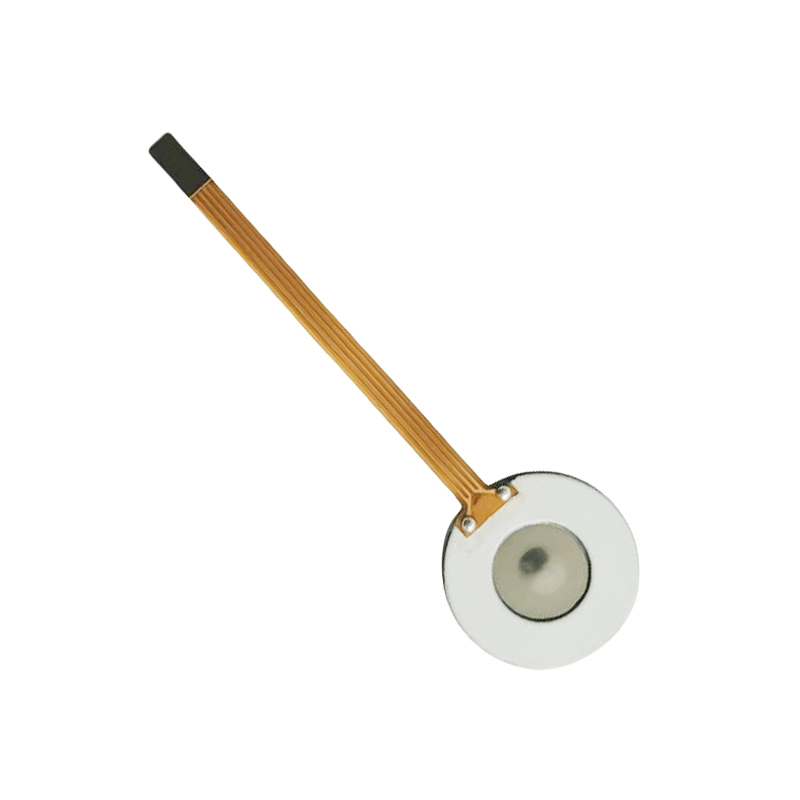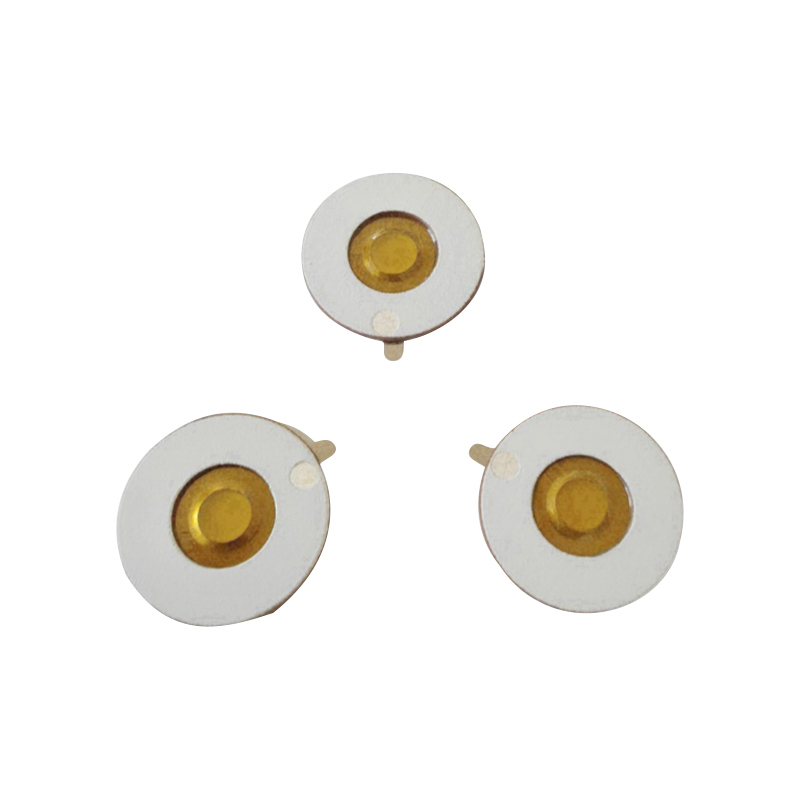Introduction
Respiratory health remains a critical concern worldwide, particularly for patients managing chronic conditions such as asthma, chronic obstructive pulmonary disease (COPD), and other pulmonary disorders. Nebulization therapy has long been a cornerstone for administering medication directly to the lungs, improving efficacy while minimizing systemic side effects. In recent years, advancements in nebulizer technology, specifically the development of mesh nebulizer chips, have reshaped the landscape of inhalation therapy.
Understanding Traditional Nebulizers
Traditional nebulizers, including jet and ultrasonic types, rely on mechanical or ultrasonic energy to aerosolize liquid medication. Jet nebulizers use compressed air to create an aerosol, whereas ultrasonic nebulizers employ high-frequency vibrations to generate mist. While these devices have been widely used for decades, they present limitations in efficiency, portability, and patient convenience.
Overview of Traditional Nebulizer Types
| Nebulizer Type | Mechanism | Typical Particle Size | Advantages | Limitations |
|---|---|---|---|---|
| Jet Nebulizer | Compressed air | 1–5 µm | Cost-effective, simple | Bulky, noisy, longer treatment time |
| Ultrasonic Nebulizer | High-frequency vibrations | 2–5 µm | Quiet, faster than jet | May degrade certain medications, less portable |
These devices are effective for delivering medication but often require longer treatment sessions and maintenance, which can affect patient adherence. Their reliance on external compressors or high-frequency elements makes them less convenient for on-the-go therapy.
The Rise of Mesh Nebulizer Chips
Mesh nebulizer chips represent a significant technological leap. These devices utilize a fine mesh with thousands of microscopic holes to convert liquid medication into a uniform aerosol. Unlike jet or ultrasonic nebulizers, mesh nebulizers operate silently, require minimal maintenance, and produce consistently fine particles that reach deep into the lungs.
Key Features of Mesh Nebulizer Chips
High Efficiency Aerosolization: Mesh technology ensures uniform droplet size, improving deposition in the lower respiratory tract.
Portability and Ease of Use: Compact and battery-powered models enhance patient mobility.
Medication Compatibility: Capable of handling a broad range of medications without degradation.
Low Residual Volume: Minimal medication loss during nebulization ensures effective dosing.
Silent Operation: The absence of a compressor or ultrasonic transducer reduces noise, ideal for home or clinical use.
Comparative Features of Mesh Nebulizer Chips vs Traditional Nebulizers
| Feature | Mesh Nebulizer Chip | Jet Nebulizer | Ultrasonic Nebulizer |
|---|---|---|---|
| Particle Size Consistency | High | Moderate | Moderate |
| Noise Level | Very low | High | Low to moderate |
| Portability | High | Low | Moderate |
| Treatment Time | Shorter | Longer | Moderate |
| Maintenance | Minimal | Moderate | Moderate |
| Medication Range | Broad | Limited | Limited (sensitive drugs) |
Patient Benefits of Mesh Nebulizer Chips
Clinical evidence and patient experiences indicate multiple advantages of mesh nebulizer chips over traditional systems:
Faster Treatment Times
By efficiently converting liquid into aerosol, mesh nebulizers shorten therapy sessions, improving adherence and patient comfort. This is especially important for pediatric and elderly patients who may struggle with long treatment durations.
Enhanced Drug Delivery
The fine aerosol produced by mesh nebulizers allows medications to reach deeper lung regions, potentially improving therapeutic outcomes for conditions like asthma, COPD, and bronchitis. This precision reduces the need for higher dosages, lowering systemic exposure and side effects.
Reduced Noise and Vibration
Noise can be a deterrent for patients, particularly children and individuals using inhalation therapy at night. Mesh nebulizers operate nearly silently, allowing for flexible use at home, school, or work environments.
Improved Portability
Mesh devices are compact and battery-operated, allowing patients to carry them conveniently and administer therapy without reliance on electrical outlets or bulky compressors. This feature is particularly valuable for patients with active lifestyles or travel needs.
Technological Advancements in Mesh Nebulizer Chips
Mesh nebulizer chips are manufactured using precision engineering and advanced materials. High-quality mesh ensures uniformity in hole size, durability, and resistance to clogging. Manufacturers continually optimize chip design to enhance aerosol output, minimize residual medication, and extend device lifespan.
Key Technical Specifications for Mesh Nebulizer Chips
| Specification | Typical Range | Clinical Implication |
|---|---|---|
| Pore Size | 3–6 µm | Optimal particle size for deep lung deposition |
| Aerosol Output | 0.2–0.5 mL/min | Efficient and consistent medication delivery |
| Residual Volume | <0.1 mL | Reduces wasted medication |
| Device Lifetime | 1,000–5,000 uses | Long-term reliability and cost-effectiveness |
| Noise Level | <50 dB | Suitable for home and pediatric use |
Considerations for Patients
While mesh nebulizer chips offer substantial benefits, patients should consider several factors when choosing a device:
Cost: Mesh nebulizers may have higher initial costs compared to traditional jet nebulizers, though long-term efficiency and portability often offset this.
Maintenance: Although minimal, mesh devices require proper cleaning to avoid clogging and maintain performance.
Battery Dependency: Battery-operated models require regular charging, which may be inconvenient for some users.
Medication Type: Some medications may still be incompatible with mesh technology; patients should consult healthcare providers.
Insights on Mesh Nebulizer Chip Manufacturers
The production of mesh nebulizer chips requires precision engineering and adherence to quality standards. Leading mesh nebulizer chip manufacturers focus on:
Advanced microfabrication techniques for mesh uniformity.
Material selection to ensure chemical resistance and longevity.
Efficient aerosolization design for consistent particle output.
Regulatory compliance and safety standards for medical devices.
As demand for portable and effective inhalation therapy rises, manufacturers continue to innovate, integrating features such as Bluetooth connectivity, digital monitoring, and ergonomic design.
Comparing Cost-Effectiveness
When evaluating overall cost-effectiveness, mesh nebulizer chips often outperform traditional devices over time despite higher upfront costs. Their efficiency reduces medication waste and treatment time, enhancing adherence and clinical outcomes.
Cost-Effectiveness Comparison
| Device Type | Initial Cost | Maintenance | Medication Wastage | Total Long-Term Cost |
|---|---|---|---|---|
| Mesh Nebulizer Chip | Higher | Low | Minimal | Moderate |
| Jet Nebulizer | Low | Moderate | Moderate | High over time |
| Ultrasonic Nebulizer | Moderate | Moderate | Moderate | Moderate |
Conclusion
Mesh nebulizer chips have revolutionized respiratory therapy, offering clear advantages over traditional nebulizers in terms of efficiency, portability, patient comfort, and drug delivery. While traditional jet and ultrasonic devices remain relevant in certain clinical settings, the technological sophistication of mesh nebulizer chips provides superior outcomes for patients managing chronic respiratory conditions. Patients considering nebulization therapy should assess their lifestyle, medication requirements, and clinical needs when choosing between mesh and traditional devices.



 English
English 中文简体
中文简体
